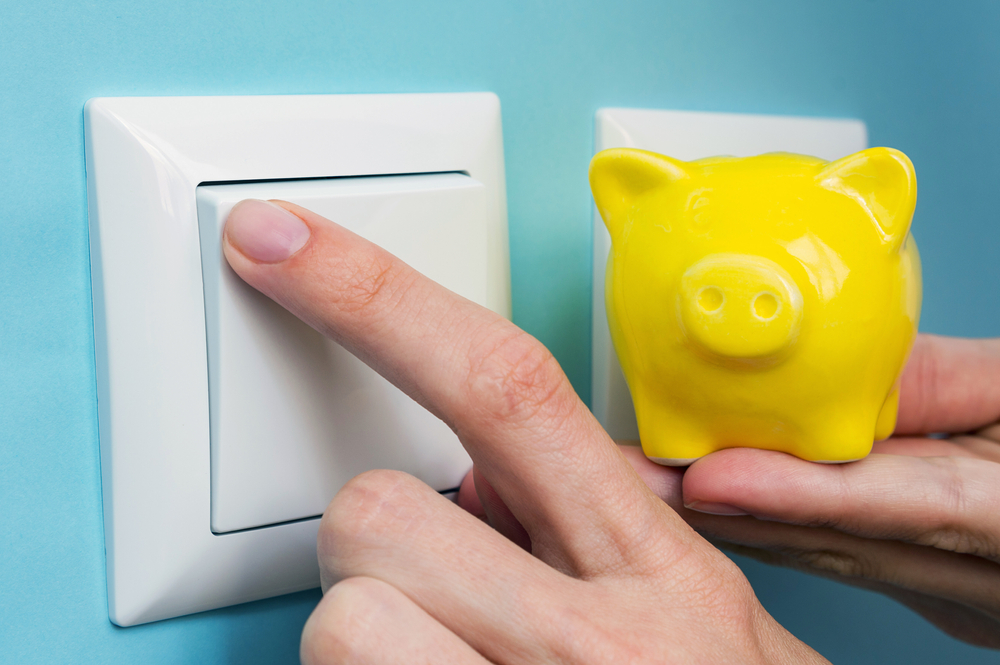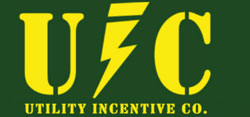Maximize Utility Rebates: A Guide to Cutting Energy Costs for Your Business

Reducing energy costs is a priority for businesses aiming to improve their bottom line while contributing to sustainability. One of the most effective ways to achieve this is through utility rebates offered by energy savings programs. These incentives, provided by local utilities and government agencies, encourage businesses to adopt energy-efficient solutions that lower operational expenses. By understanding how to maximize utility rebates, businesses can significantly cut costs while ensuring compliance with evolving energy regulations.
Understanding Utility Rebates and Their Benefits
Utility rebates are financial incentives provided by utility companies to encourage businesses to invest in energy-efficient equipment and technologies. These rebates help offset the initial cost of upgrades, making energy-saving solutions more accessible and financially viable. By participating in an energy savings program, businesses can benefit from lower energy bills, increased operational efficiency, and enhanced sustainability credentials.
Rebates are typically available for various energy-saving initiatives, including lighting upgrades, HVAC system improvements, and the adoption of renewable energy solutions. Many businesses overlook these incentives, either due to a lack of awareness or the misconception that applying for rebates is a complex process. However, with proper guidance, companies can leverage these opportunities to maximize their cost savings and environmental impact.
Identifying Eligible Energy Efficiency Upgrades
The first step in maximizing utility rebates is identifying the energy efficiency upgrades that qualify for incentives. Different utility companies offer varying rebate programs, each with specific criteria and eligible technologies. Common areas for energy-saving improvements include lighting retrofits, HVAC system optimization, industrial equipment upgrades, and building insulation enhancements.
One of the most straightforward ways to benefit from rebates is by upgrading to LED lighting. Traditional incandescent and fluorescent lighting consume significantly more energy than LEDs, which are not only energy-efficient but also have a longer lifespan. Many utility companies provide rebates for businesses that replace outdated lighting systems with LED fixtures, reducing electricity consumption and maintenance costs.
HVAC systems are another critical area where energy efficiency can lead to substantial savings. Many utility rebates cover the replacement of outdated heating and cooling systems with energy-efficient models. Additionally, implementing smart thermostats and advanced building automation systems can further enhance efficiency while qualifying for additional rebates.
Industrial and commercial businesses that rely on energy-intensive equipment can also take advantage of rebates when upgrading to high-efficiency motors, compressors, and refrigeration systems. These improvements not only qualify for incentives but also lead to significant reductions in energy usage, which translates to lower operating costs over time.
Navigating the Application Process for Utility Rebates
While utility rebates present a lucrative opportunity for businesses, the application process can sometimes seem daunting. However, with the right approach, companies can navigate the process efficiently and maximize their savings. The first step is to research available rebate programs offered by local utility providers. Many utilities have dedicated portals where businesses can access detailed information on eligible upgrades, application requirements, and submission deadlines.
Once businesses identify the applicable rebates, the next step is to gather the necessary documentation. This typically includes energy audits, proof of purchase for equipment, and installation verification. Some programs require pre-approval before upgrades are made, ensuring that businesses meet the necessary criteria before proceeding with improvements.
Working with an energy consultant or a rebate specialist can streamline the process and increase the chances of securing rebates. These professionals have expertise in identifying the best programs for specific business needs, handling paperwork, and ensuring compliance with utility requirements. By leveraging expert guidance, businesses can avoid common pitfalls and expedite rebate approvals.
Additionally, businesses should be proactive in tracking rebate deadlines and program updates. Utility rebate programs often change due to funding availability and policy adjustments, making it essential for companies to stay informed. Subscribing to utility newsletters and engaging with local energy efficiency organizations can help businesses remain updated on the latest opportunities.
Maximizing Long-Term Energy Savings Beyond Rebates
While utility rebates provide immediate financial relief, businesses should adopt a long-term perspective on energy efficiency. Rebates serve as an initial incentive, but the ultimate goal is to create a sustainable energy management strategy that continuously reduces costs and environmental impact. By integrating energy efficiency into business operations, companies can experience ongoing savings and improved competitiveness.
One effective approach is to conduct regular energy audits to identify inefficiencies and areas for improvement. Energy audits provide valuable insights into consumption patterns, helping businesses implement targeted strategies for reducing waste. Additionally, investing in energy monitoring systems allows businesses to track real-time usage and make data-driven decisions to optimize efficiency.
Another key aspect of maximizing long-term energy savings is employee engagement. Encouraging a culture of energy awareness among staff can lead to behavioral changes that contribute to reduced consumption. Simple actions such as turning off unused equipment, optimizing temperature settings, and utilizing natural lighting can collectively lead to significant energy savings.
Businesses should also explore renewable energy solutions, such as solar panels and wind energy, to further reduce reliance on traditional power sources. Many utility rebate programs extend incentives for businesses that adopt renewable energy, making it a cost-effective strategy for long-term sustainability.
Leveraging Utility Rebates for Competitive Advantage
Beyond cost savings, utility rebates offer businesses a competitive advantage by demonstrating a commitment to sustainability. Consumers and stakeholders increasingly value companies that prioritize environmental responsibility, making energy efficiency a powerful branding tool. By showcasing participation in an energy savings program, businesses can enhance their corporate image, attract environmentally conscious customers, and strengthen relationships with investors.
Furthermore, businesses that invest in energy efficiency can benefit from increased property value and improved workplace conditions. Energy-efficient buildings often have higher occupancy rates and tenant satisfaction due to lower operating costs and enhanced comfort. For businesses in manufacturing and industrial sectors, energy-efficient operations can also lead to improved productivity and reduced maintenance downtime.
To maximize the impact of utility rebates on branding and competitiveness, businesses should communicate their energy efficiency achievements through marketing and corporate social responsibility initiatives. Sharing success stories, sustainability reports, and case studies can help businesses differentiate themselves in the market and attract new opportunities.
Conclusion
Ultimately, utility rebates serve as a catalyst for businesses to adopt energy-saving measures that yield long-term financial and environmental benefits. By taking a strategic approach to rebate programs, companies can optimize their energy use, reduce costs, and position themselves as leaders in sustainability. As energy regulations and market expectations continue to evolve, businesses that prioritize energy efficiency will be better equipped to thrive in a competitive landscape.
Need a Lighting Company in California?
Since 2003, we here at Utility Incentive Corp. have been the premier provider of energy efficient electrical services in San Diego and the surrounding areas. We are a privately owned and operated business with 20 years of experience. Our friendly and professional staff work in conjunction with other businesses to provide them with better solutions at little to no cost to property owners.
We focus primarily on relamping and retrofitting T12 lamps and ballasts to “Energy Star” T-8 lamps and “flicker free” ballasts. Our other services include a free initial consultation, energy audit, and utility application. Give us a call today to see why we have installed and replaced over 175,000 fixtures across California!
